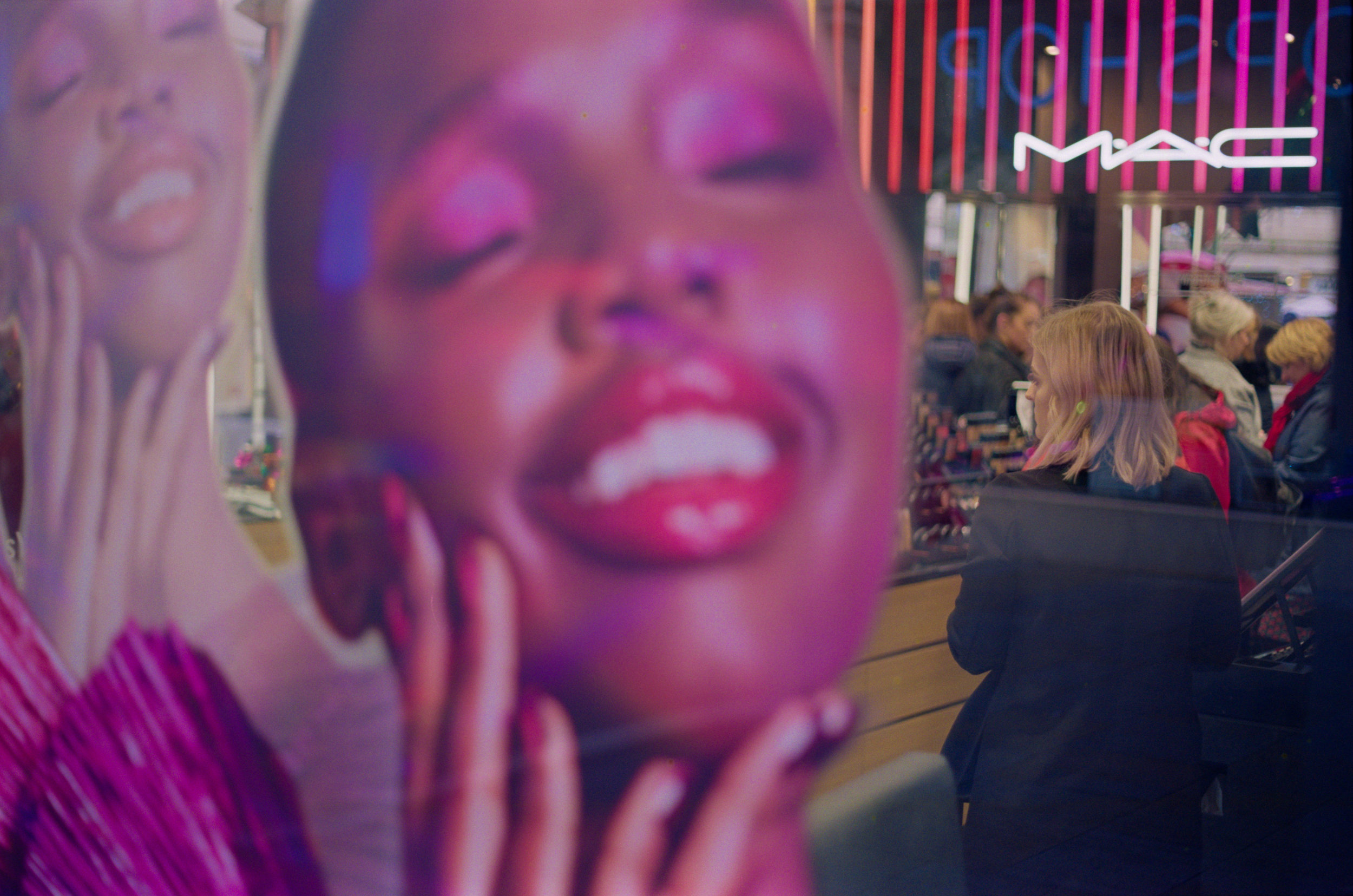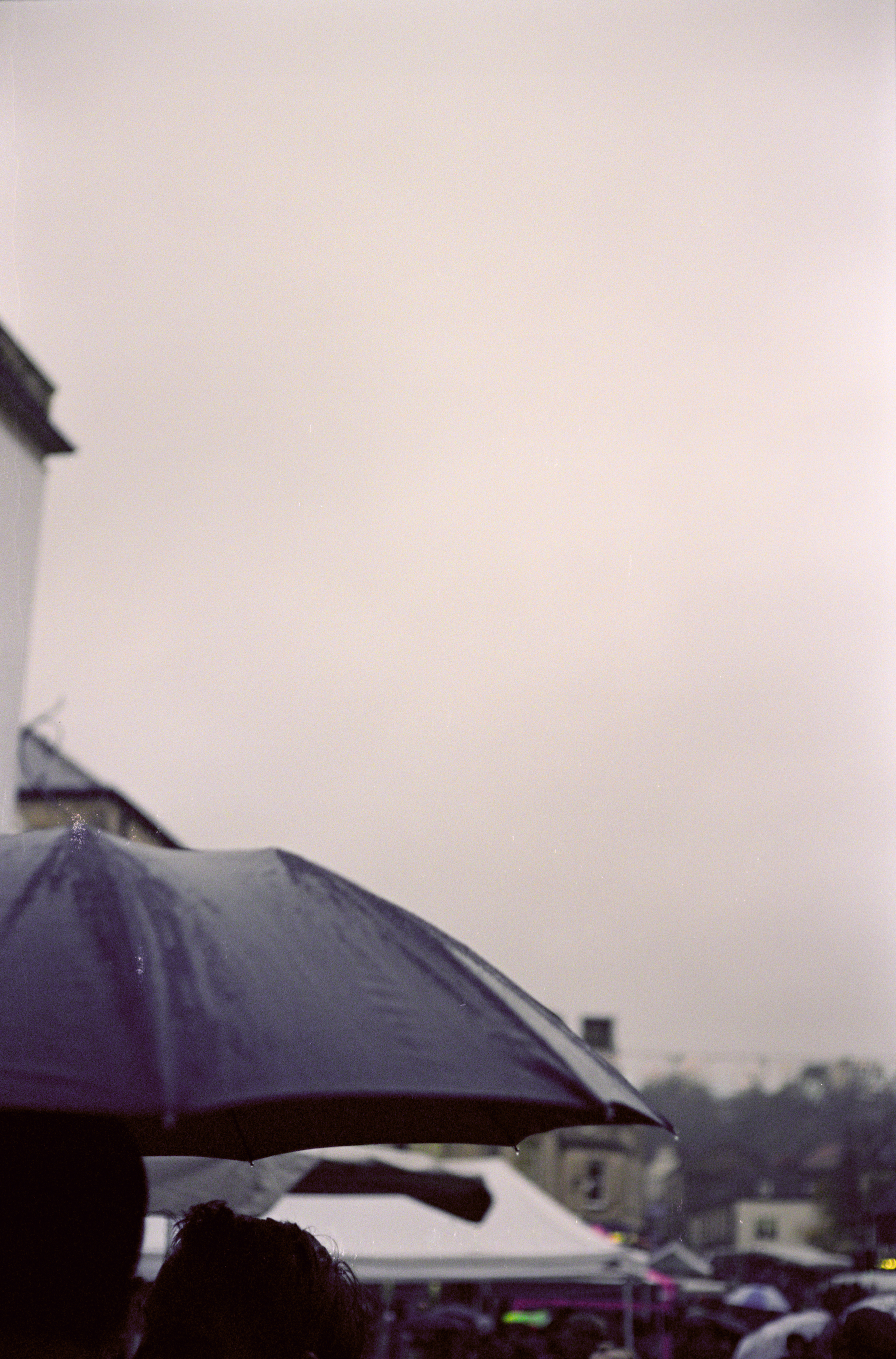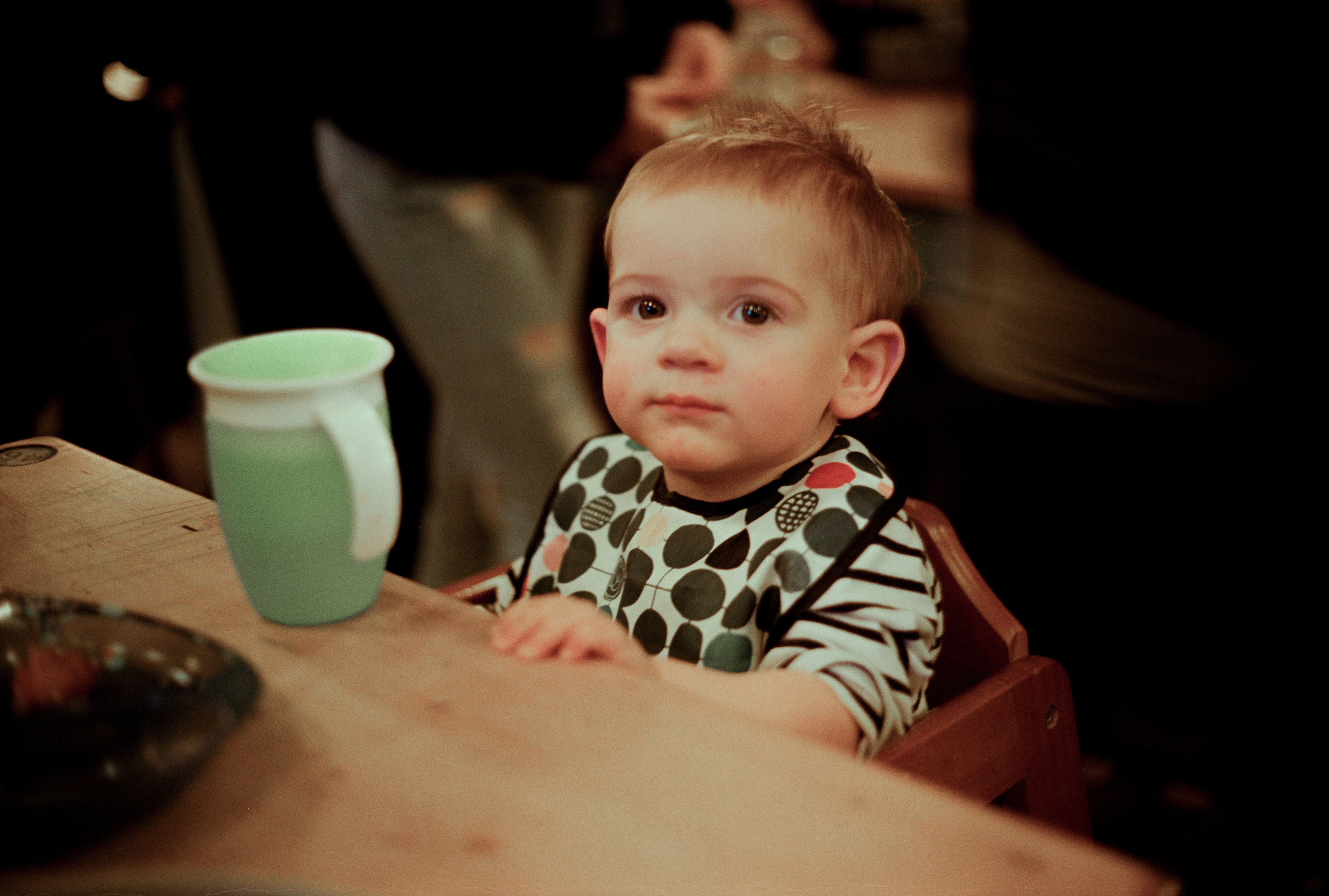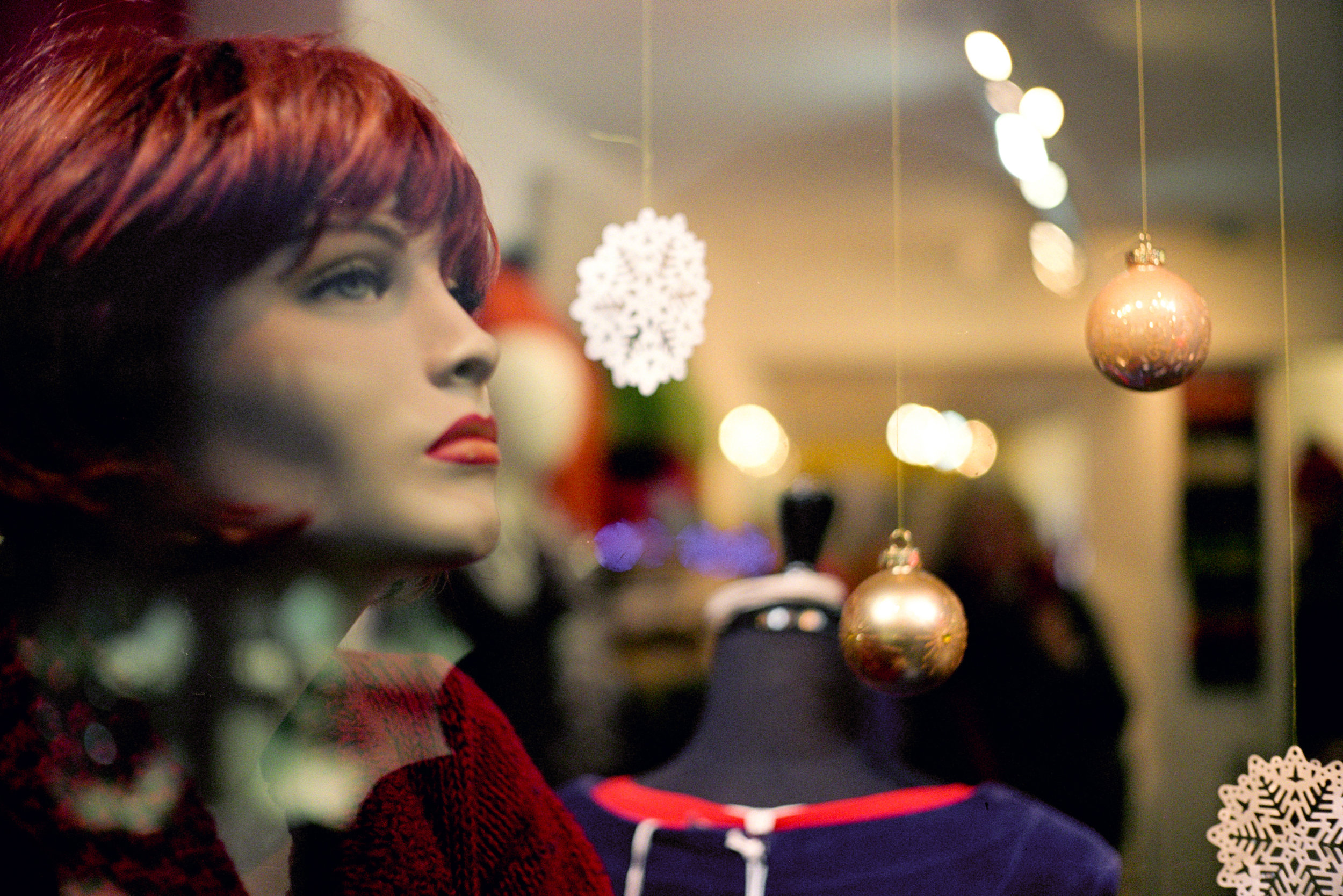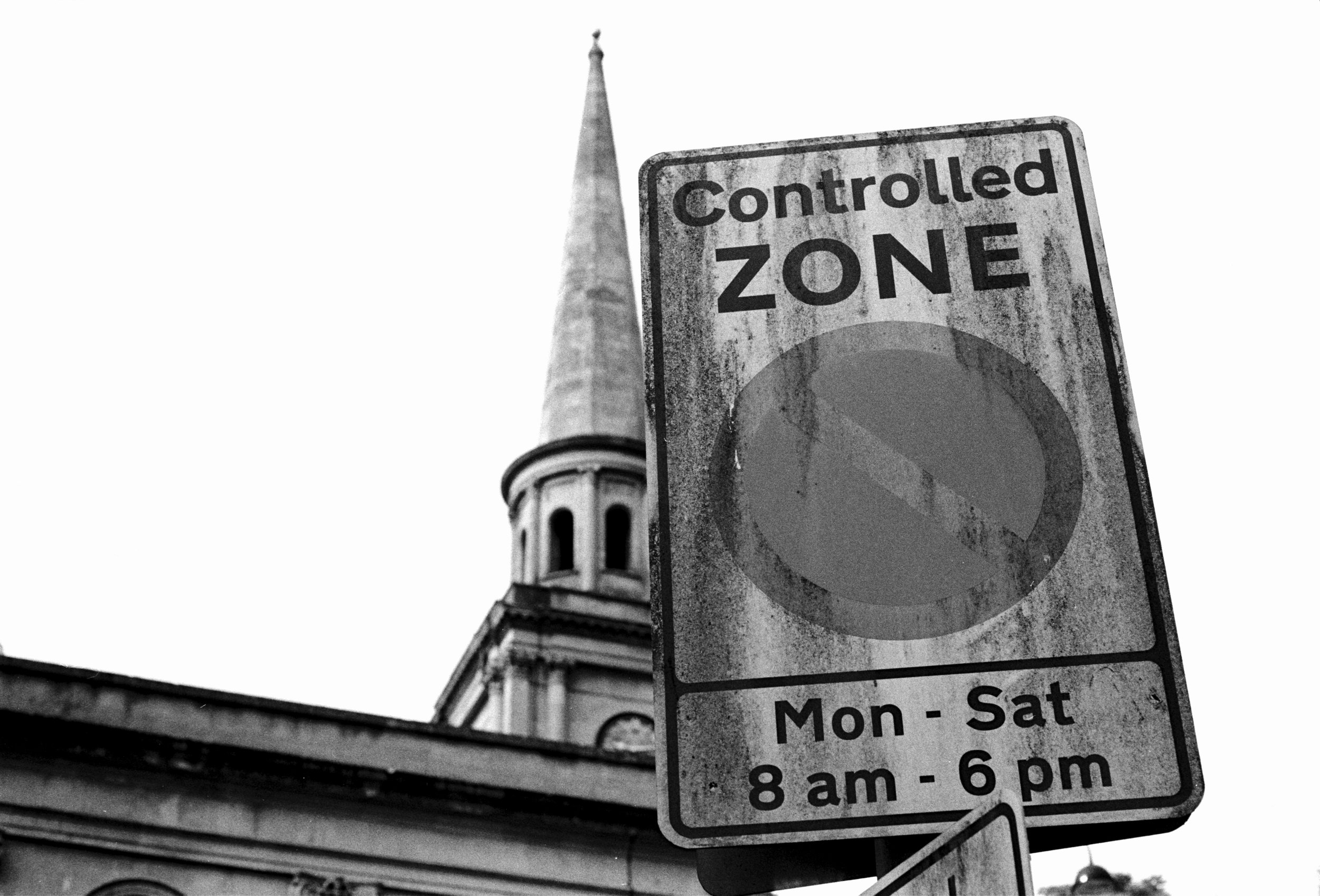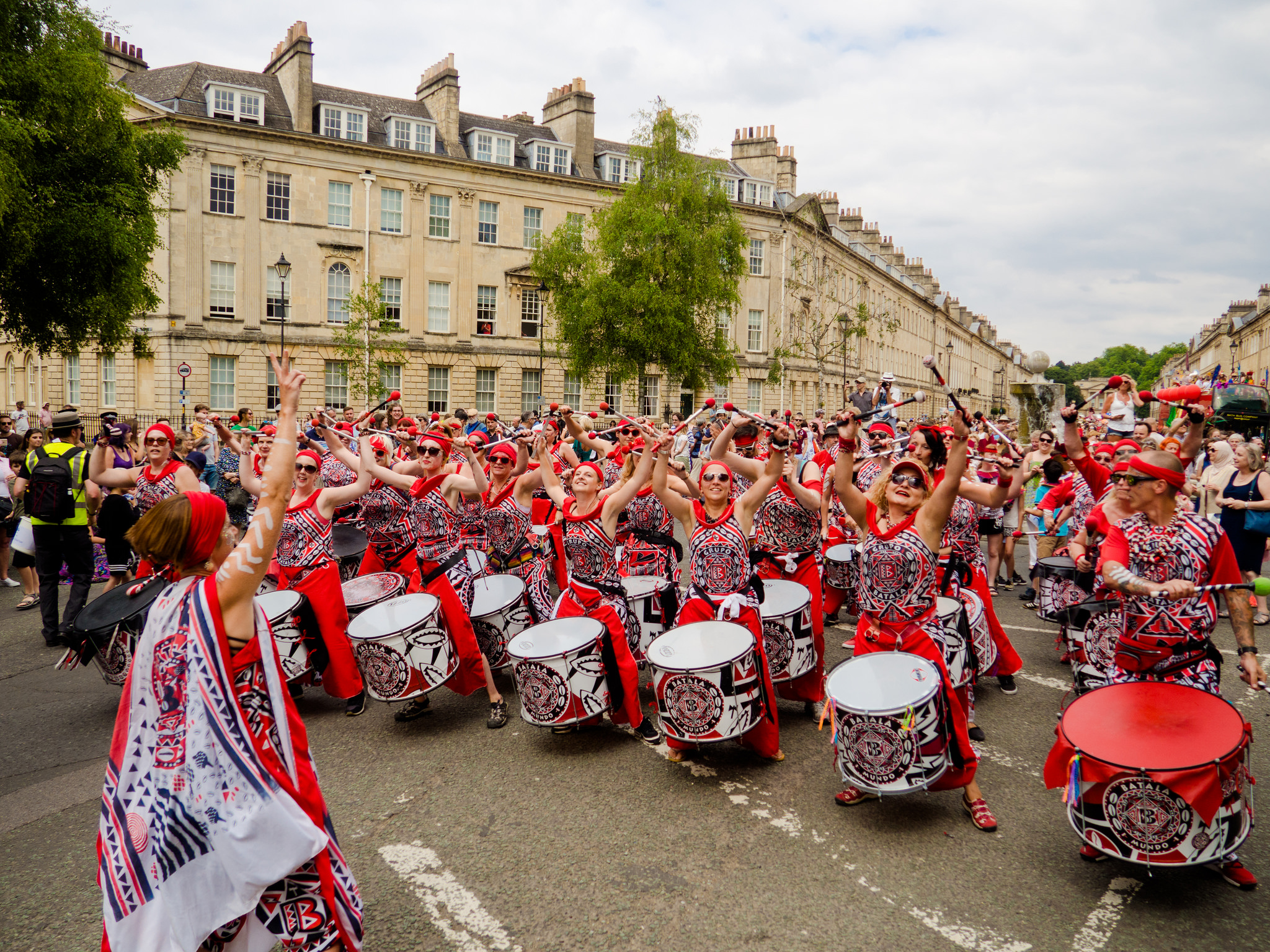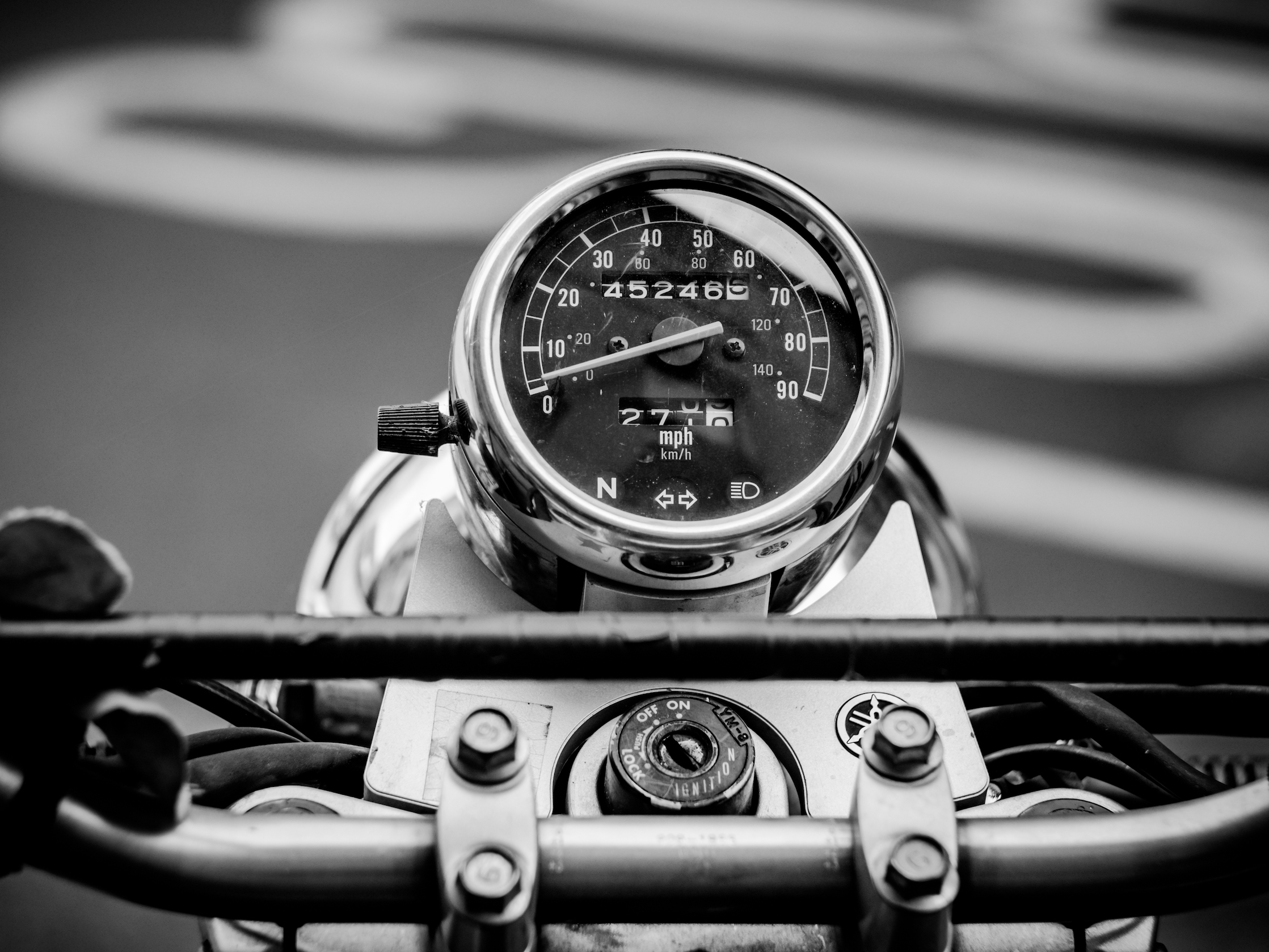I recently discovered a new colour film called Silbersalz35 (through one of my fave photography sites Thephoblogger). I say ‘new’ but it isn’t really new, technically speaking. Because it’s 35mm Kodak motion picture stock repackaged for stills cameras.
Now, this isn’t an original idea. Cinestill (and others) have been doing this for a while. But the difference is that Cinestill has certain elements removed so it can be processed in normal C-41 chemicals. Whereas this is just the pure film which has to be processed in ECN-2 chemicals. Does it make much of a difference? Well, I thought it was worth finding out…!
Silbersalz are a film production company in Germany. As far as I’m aware, they’re shooting on film and processing and scanning it all in-house. I’m guessing that somebody came up with the idea of repackaging the Kodak motion stock into stills film alongside the production company. And I’m rather glad they did.
You order the films in a batch of four, and they come in the following flavours (the D and T denoting Daylight or Tungsten balanced):
50D
200T
250D
500T
As it was my first test with the films, I thought I’d order one of each. There is also the possibility to order a batch which will be bleach-bypass processed. Silbersalz will process and scan the whole lot on a Cintel scanner and deliver the files via Dropbox as JPEGs and TIFFs.
First up was the 250D. The weather was still quite bright so I didn’t want to try out the 500 just yet, and the 50iso was much slower than I’m used to. Also, they recommend shooting one stop over; so rating the 50iso at 25iso is rather scary when I’m usually shooting at something between 100 and 400!
Now, I only have one shot from this whole roll. And I’m not sure what went wrong but I think there may have been some kind of operator error (ahem!). I have a lot of double exposures, sometimes triple exposures. I’m thinking that maybe I hadn’t loaded the film properly; it seems less forgiving with basic errors like that. But still, it looks pretty nice and the grain seems very good. I like the look. But having a bit of a ballsed up film, I’ll just park this one here and move on to the next…
Silbersalz35 250D, Olympus OM10
Next up was the 50D. It’s slow. But the sun was out. So I thought, why not?
Now, this film is absolutely gorgeous. Exactly what I was hoping for… it’s got this stunning depth and glow to it that is almost three dimensional. The colours have fantastic saturation. It doesn’t look like any film I’ve shot on before - it really does look like stills that have been pulled from a movie. Which is what I wanted.
Even inside using natural light it looks great!
Silbersalz35 50D, Olympus OM10
Silbersalz35 50D, Olympus OM10
Silbersalz35 50D, Olympus OM10
Next was the 200T. And first, the downside… I did have some problems with this one and it took me a while to work out what the problem was. Every time I wound on after a shot, the rewind crank didn’t turn. Was it winding on? Did I not load it properly? After opening up the back of the camera in a black bag, I could feel the film was wound on and there was tension, so I started to suspect that it wasn’t loaded in the canister properly.
But I also started to worry it was a camera issue. So, I carried on shooting but without having much confidence that I’d get any shots back!
At the end of the roll, it did turn out that the film was not loaded properly. However, I said to Silbersalz about this and they very kindly sent me out a fresh film all the way from Germany at their expense - so a big thumbs up for that. I’ve got that film loaded up at the moment, the below shots are from the problematic film.
As for the film itself, I once again loved the look. Understandably there was a little more grain than the 50D, but it was still nice and tight. It being tungsten balanced, I was unsure how blue it would be, but pushing the white balance back towards the yellows in Lightroom quickly popped it back into more natural colours.
Silbersalz35 200T, Olympus OM10
Silbersalz35 200T, Olympus OM10
Lastly, on to the 500T. This is the one closest in speed to my usual favourite colour film, Kodak Portra 400. For this film, I was still a bit unsure about my Olympus and whether it had a problem or not. So I loaded it up in my Yashica Electro 35. Most were shot in one day which was gloomy and rainy at times, therefore it was putting up a bit of a challenge when rating a tungsten film at 250. But I think this film held itself up very well.
It has noticeably more grain than the others. But not in a distracting way. What it does have is a lot of flexibility - I was able to pull out some good shots from some quite murky exposures.
Silbersalz35 500T, Yashica Electro 35
Silbersalz35 500T, Yashica Electro 35
Silbersalz35 500T, Yashica Electro 35
Silbersalz35 500T, Yashica Electro 35
I think Silbersalz have got an excellent thing going on with these films. Straight away it has given me a different look to my shots - I think it’s closer to what I’ve had in my head for a while. I still need to experiment a bit more but my first impression is that all of the films look great, and all of them are extremely flexible for post processing. I’ve even tried knocking a couple into monochrome, and working with them just tonally has been great too.
The scans are also very good. Hardly any dust or hairs - Silbersalz have really looked after this. But be warned - the TIFF files they provide are BIG. The download was about 7GB per film. But worth it for all that lovely filmic detail.
And it’s an excellent price too. They’re currently selling four rolls including processing and scanning for €40. OK, there are shipping costs both ways too, but this maxed out at €60 which is still great value for what I’m getting.
Out of the four films, I think I’d probably say the 50D is probably my favourite. It is silky smooth and I love the rich colours. However, it is currently winter in the UK and trying to shoot at 25iso is very restricting, so I think I’ll save that one for the summer. For now, I’ve ordered up four rolls of the 500T but with the bleach bypass option, and I’m really looking forward to how that turns out with some nice wintery light.
This isn’t an advert whatsoever, but you should really have a look at what they’re up to https://silbersalz35.com.






